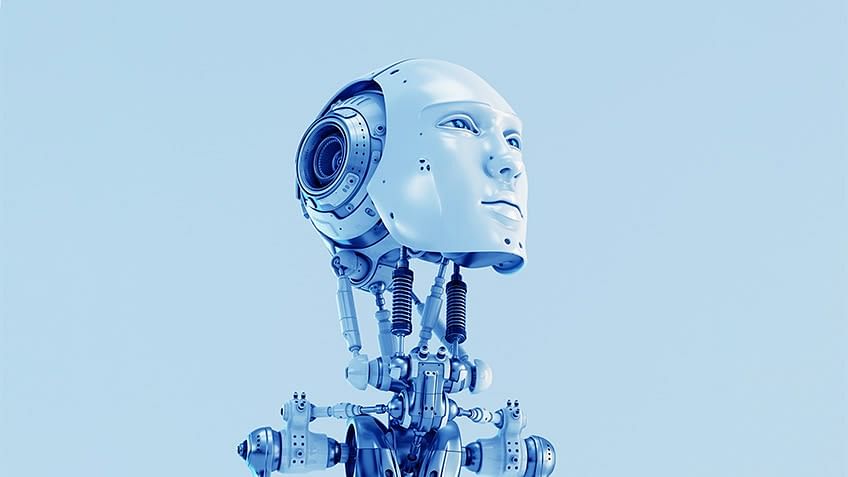The Rise of Generative AI
Generative AI, a subset of artificial intelligence, has been making waves in various industries by creating realistic content autonomously. This cutting-edge technology enables machines to generate new, unique content such as images, text, and even music.
Applications of Generative AI
Generative AI has vast applications across different sectors, including healthcare, finance, and entertainment. In healthcare, it can assist in drug discovery and disease diagnosis. In finance, it can optimize trading strategies and risk management. In entertainment, it can create immersive virtual worlds and personalized content.
The Potential of Generative AI Models
Generative AI models like GPT-3 and DALL-E have garnered attention for their ability to produce human-like content. These models have been used for a wide range of tasks, from writing articles to generating artwork. Their versatility and creativity are pushing the boundaries of what AI can achieve.

Challenges and Ethical Considerations
Despite its promise, generative AI also poses challenges such as bias in generated content and concerns about misuse. It is crucial to address these issues to ensure responsible deployment and avoid unintended consequences.
The Future of Generative AI
Looking ahead, generative AI is poised to revolutionize how we create and interact with content. As the technology advances, we can expect to see even more innovative applications and transformative impact across industries.
Conclusion
Generative AI holds tremendous potential to reshape the way we create and consume content. By understanding its capabilities and limitations, we can harness this technology for positive outcomes and drive innovation forward.